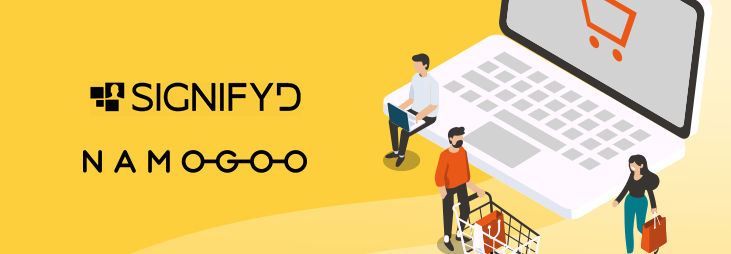As the spring comes to a close, it would be hard to overstate the impact the COVID-19 crisis has had on eCommerce in recent months. Even after the last of the outbreak is behind us, those consumers who turned to online shopping as a result of it will be left with a better understanding of the benefits and logistics of buying products via the internet.
But not all online shopping experiences are the same. Customer journeys are different on native apps than on websites, and on desktop computers than on smartphones. So, for any retailer looking to maximize both sales and customer loyalty, it is important to understand the relative popularity of the different channels consumers use to make purchases online.
This is one of the key issues we recently explored in our survey of more than 1,000 U.S. consumers, as we asked participants about their online shopping habits and how they have been impacted by the coronavirus outbreak.
The results show that websites still dominate the world of eCommerce. Specifically, 69% of respondents said they shop online primarily via websites (30% primarily via PC and 39% primarily via smartphone or tablet). Meanwhile, only 27% of respondents said they shop online primarily via mobile shopping apps.
This pie chart shows the full breakdown:

What does this mean for retailers?
As retailers continue to invest in creating the best omnichannel digital customer experience (DXO), these numbers underscore the importance of offering an excellent experience on shopping websites to both mobile and desktop users. Outside of the brand-focused environment of a dedicated native mobile app, online shoppers are more susceptible to distractions and friction along the customer journey.
That is one reason that retailers’ sales numbers are so threatened by Customer Journey Hijacking – a costly problem in which visitors to eCommerce websites view injected ads during 20% of online shopping sessions. In most cases, an injected ad will appear as a result of an ad injector that was discreetly installed on the end user’s device along with free software downloaded by the user, such as a browser extension.
In addition to reducing eCommerce websites’ conversion rates by between 1.5% and 5%, injected ads hurt the customer experience by creating clutter, distractions, and friction. This is especially risky for retailers at a time when so many of their customers are still new to the world of online shopping.
It gets worse: Injected ads are proven to disproportionately target the most promising shoppers. And, although most of these ads promote products sold by competing online stores, significant numbers of them instead hurt brand reputations by promoting controversial materials such as adult websites or online gambling.
Tellingly, our consumer survey found that while shopping in an online store, 53% of respondents would be likely to click on an injected ad promoting a competitor’s product at a lower price.
This challenging situation for retailers is the reason that we at Namogoo are now offering access to our Customer Hijacking Prevention solution at no cost. By blocking injected ads on eCommerce websites in real-time, our technology improves the customer experience and offers these companies an immediate improvement in their online conversion rates. And, because our cloud-based solution can be set up rapidly with no need for on-site access, new clients can quickly start enjoying all the benefits of a customer journey free of injected ads.
With Customer Hijacking Prevention temporarily available at no cost, now retailers have a risk-free way to stop losing short-term sales and long-term customer loyalty to injected ads.
Ready to regain control of your website’s customer experience? Request cost-free access to Namogoo’s Customer Hijacking Prevention solution today.






